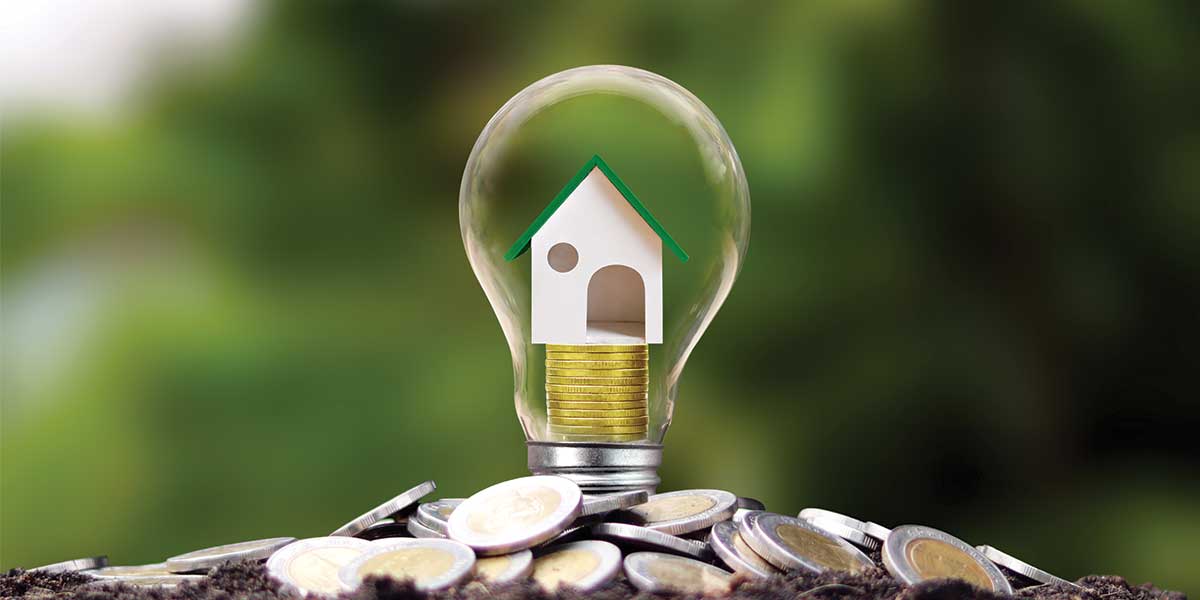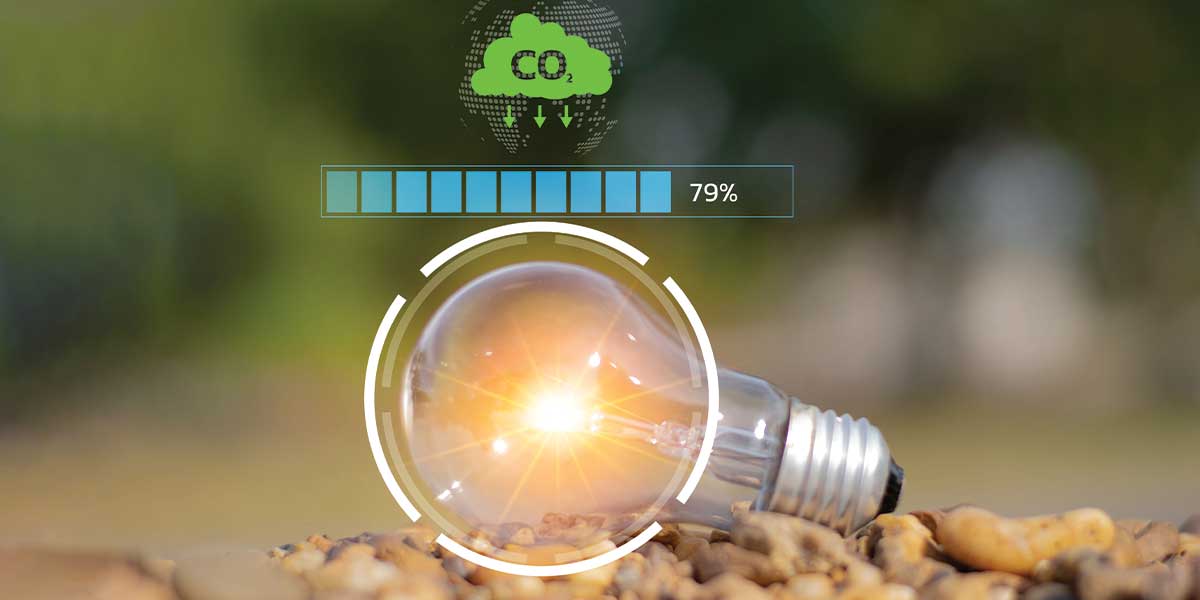Measuring Your Energy Usage: A Comprehensive Guide to Reducing Home Energy Costs
In a time when energy bills seem to climb with every season and climate change concerns grow louder, measuring your energy usage has never been more important. Whether you’re a homeowner, renter, or eco-conscious consumer, understanding how much energy your household uses and where it’s being wasted is essential for making smart, cost-saving decisions.
Let’s break down the what, why, and how of measuring your energy usage and show you how to transform your home into an energy-efficient sanctuary of savings.
Why Measuring Your Energy Usage Matters
Accurately measuring your energy usage is the foundation of energy efficiency. Without knowing where and how energy is consumed, there’s no clear path to reducing it. Think of your home like a financial spreadsheet, every light bulb, appliance, and HVAC system contributes to the bottom line. Once you understand your home’s energy habits, you can create a tailored plan to reduce waste, cut costs, and lower your carbon footprint.
Step 1: Evaluate Your Current Energy Consumption
Before you make any changes, it’s vital to assess your starting point. Most energy providers offer detailed monthly usage reports. These are often available via online dashboards or mobile apps. They typically break down:
-
Daily or hourly energy consumption
-
Peak demand times
-
Seasonal usage fluctuations
If your provider doesn’t offer this, you can install a home energy monitor like Sense or Emporia to gain real-time insights into your power consumption. These devices track how much energy individual appliances use, empowering you to identify energy hogs and inefficiencies.
Learn how the U.S. Energy Information Administration collects household energy data
Step 2: Heating and Cooling – The Top Energy Guzzlers
According to Natural Resources Canada, heating and cooling account for more than 60% of the average household’s energy use. That’s huge. So, optimizing this area yields the greatest savings.
Tips to Maximize Heating Efficiency:
-
Install a smart or programmable thermostat to automatically adjust temperatures based on time of day or occupancy.
-
Set winter thermostats to 20°C (68°F) when you’re home and 17°C (62°F) when away.
-
Schedule regular HVAC maintenance, dirty filters and ducts reduce system efficiency.
-
Seal air leaks around windows and doors to prevent heat loss.
Step 3: Make the Switch to Energy-Efficient Lighting
Measuring your energy usage should include lighting, especially if your home still uses incandescent bulbs. Lighting can account for 10–15% of home electricity use.
Easy Wins:
-
Replace all bulbs with ENERGY STAR-rated LEDs. These use 75% less energy and last 25 times longer.
-
Install dimmer switches and motion sensors to control usage automatically.
-
Use natural daylight when possible—open blinds and place workspaces near windows.
Check out Natural Resources Canada’s guide to energy-efficient lighting
Step 4: Appliances—The Quiet Energy Eaters
Your appliances might be silently hiking up your bill. From that extra fridge in the garage to your always-on gaming console, measuring your energy usage here can be a revelation.
Strategies for Savings:
-
Run dishwashers and laundry machines only with full loads.
-
Upgrade to ENERGY STAR-rated appliances, they use 10–50% less energy.
-
Avoid standby mode! Plug electronics into a smart power strip that shuts off when not in use.
-
Monitor usage using plug-in electricity usage monitors (like Kill A Watt or Belkin Conserve Insight).
Step 5: Seal It Up – Stop Air Leaks and Insulate
Heat is like cash, it slips through the cracks when you’re not paying attention. Air leaks and poor insulation waste energy every single day.
Energy Saving Actions:
-
Weather-strip doors and windows.
-
Caulk cracks and gaps in baseboards, walls, and attic entries.
-
Insulate attics, basements, crawl spaces, and walls to meet or exceed local standards.
-
Use thermal curtains or window films to maintain indoor temperatures.
A properly sealed and insulated home can cut heating and cooling costs by up to 20% annually. Not bad for a weekend DIY project.

Step 6: Adjust Daily Habits and Behaviors
Little changes can make a big impact on your energy footprint. These don’t require fancy tools, just a shift in mindset.
Smart Habits for Energy Reduction:
-
Unplug phone chargers, toasters, and coffee makers when not in use.
-
Use cold water for laundry, it gets the job done and saves heating energy.
-
Dry clothes on a line or drying rack instead of using the dryer.
-
Cook with lids on pots to conserve heat and reduce cooking times.
Step 7: Start Measuring Your Energy Usage in Real-Time
Modern technology makes measuring your energy usage simple, intuitive, and even kind of fun.
Tools That Work:
-
Whole-home energy monitors: Track real-time usage of all appliances.
-
Smart plugs: Let you monitor and control single devices from your phone.
-
Utility company apps: Some offer notifications for peak usage times and suggest energy-saving actions.
When you can see what’s draining your power in real time, you’re more likely to take action immediately.
Step 8: Go Big with Renewable Energy
If you’ve mastered efficiency, the next step is energy independence. Solar panels, wind turbines, and geothermal systems can offset your energy consumption while slashing your electric bill.
Benefits:
-
Drastically lower utility bills over time
-
Federal and provincial rebates available
-
Increase home resale value
-
Reduce environmental impact
Consult a qualified installer for a customized assessment and cost-benefit analysis.
Step 9: Consult the Pros
Even with all the DIY tools and smart devices, some aspects of measuring your energy usage benefit from professional expertise. A licensed electrician can help you:
-
Conduct a comprehensive energy audit
-
Upgrade outdated wiring
-
Install smart thermostats or meters
-
Set up safe, efficient energy systems
That’s where Expert Electric comes in.
FAQs
Q: What’s the easiest way to start measuring my energy usage?
A: Start by reviewing your monthly utility bill, then use a home energy monitor to pinpoint appliance-level consumption.
Q: How accurate are plug-in energy monitors?
A: Very accurate for single devices. They can give you a clear picture of how much power your appliances use and when.
Q: Will upgrading my electrical panel help with energy efficiency?
A: Yes. A modern electrical panel improves load management and safety, which helps support energy-efficient appliances and systems.
Q: Are smart thermostats really worth the investment?
A: Absolutely. They adapt to your habits and can reduce energy costs by 10–15% annually.
Q: Can Expert Electric install energy monitoring devices?
A: Yes! Our licensed electricians specialize in smart technology installations, home audits, and energy-efficient upgrades.
Final Thought
Measuring your energy usage is more than a cost-cutting strategy, it’s a lifestyle choice that empowers you to live smarter, cleaner, and more efficiently. Whether you’re starting with energy-efficient light bulbs or investing in solar panels, every step you take brings long-term savings and a healthier planet.
Don’t just monitor your energy, master it.
Contact Expert Electric Today!
Ready to take control of your energy usage?
Let the pros at Expert Electric help you power up your savings and power down your waste.
📞 Call Us: 604-681-8338
📧 Email Us: info@expertelectric.ca
Expert Electric is here to guide you every step of the way from installing energy monitors and smart panels to full-home energy audits. Join the thousands of satisfied clients who trust us to bring brilliance, safety, and sustainability to their homes.


